Miriam Goldschmidt – Creator of the In-between (2019)
A bewitching and moving portrait of a great artist living between dream and reality, truth and fiction and life and death.
Género : Documental
Tiempo de ejecución : 1H 23M
Director : Janos Tedeschi, Christof Schaefer
Escritor : Christof Schaefer, Janos Tedeschi
Sinopsis
Nearing the end of a long and successful stage career, Miriam Goldschmidt finds her prowess as an actress increasingly on the wane. She struggles to memorize her lines and as her last project with lifelong collaborator, the legendary director Peter Brook, threatens to fall apart, Miriam looks back. Referencing Brook’s ground-breaking book «The Empty Space», she uses an empty rehearsal room in Berlin to invoke her archetypal life journey that took an orphaned black child from post-war Germany to the world’s biggest stages. We «Call Her Miriam» is a bewitching and moving portrait of a great artist living between dream and reality, truth and fction and life and death.
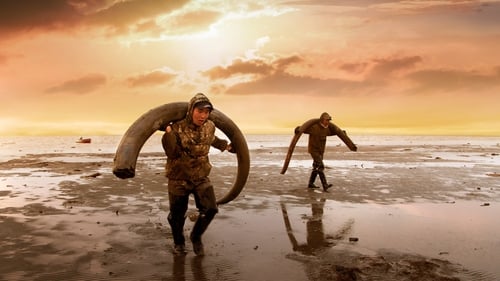
A well-preserved mammoth carcass is found in the remote New Siberian Islands in the Arctic Ocean, opening up the possibility of a world-changing “Jurassic Park” moment in genetics.

A behind-the-scenes look at the of how the Paris Opera is run under the direction of Stephane Lissner.

A documentary. David Sieveking takes the advice of his idol, David Lynch and tries out Maharishi Mahesh Yogi's transcendental meditation technique.
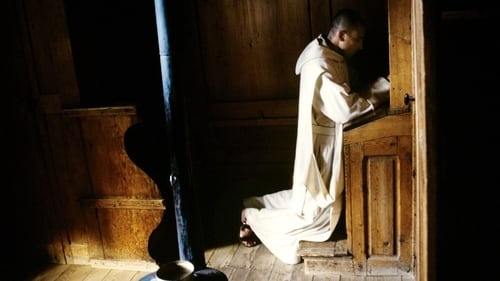
En 1984 el director alemán Phillip Gröning pidió permiso a la Orden de los Cartujos para rodar una película en el interior de uno de sus monasterios. Le dijeron que era demasiado pronto. Quizás más adelante. Dieciséis años después recibió una llamada. Había llegado la hora... Los preparativos llevaron dos años, el rodaje uno y la postproducción dos más. Han transcurrido, por tanto, veintiún años hasta su completa finalización. El Gran Silencio muestra por primera vez el día a día dentro del "Grande Chartreuse", el monasterio de referencia en los Alpes franceses de la legendaria Orden de los Cartujos.

Un relato de la vida y la obra del pintor, escultor, arquitecto y diseñador suizo H. R. Giger (1940-2014), padre atormentado de criaturas tan temibles como fascinantes, habitantes de mundos biomecánicos de pesadilla.
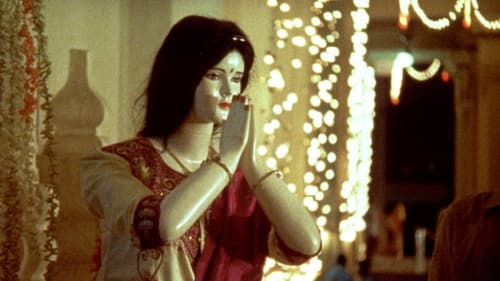
Filmmaker Peter Mettler embarks on a mission that takes him around the world. He is determined to record the diverse modes of transcendence that people in different cultures adopt in order to live life to the fullest. As he traverses civilization and wilderness and encounters a range of lifestyles and ideas, the filmmaker's mind-expanding trip around the world grows into a poem of images and sounds, reflecting the fragmented but alluring worlds it attempts to capture.

A disturbing exploration of what it means to be a man Desert Wind unveils the innermost thoughts of 13 men about their lives and male identity, making a clean sweep of clichés. Their revelations -- a glimpse of the hidden side that few men spontaneously reveal -- are of equal interest for women.

Poco después de la llegada al poder de Castro, la estudiante alemana de 20 años Monica Krause se enamora del capitán de barco cubano Jesús Jiménez y le sigue en su travesía hasta Cuba, donde muy pronto alternaría con las más altas esferas de los cargos de la Revolución, desempeñándose como traductora de Fidel Castro. Algunos años después se extendería por todo el país su fama como promotora oficial de educación sexual con un programa de radio y televisión propios. Se hace famosa de la noche a la mañana como la 'reina del condón'. Su esposo no se aviene bien con esa situación: el matrimonio se disuelve. A la caída del Muro de Berlín, en 1989, Krauze regresa con sus dos hijos a Alemania.
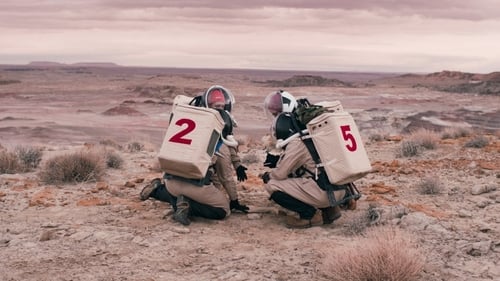
Above and Below is a rough and rhythmic roller coaster ride seating five survivors in their daily hustle through an apocalyptic world. A journey of challenges and beauty in uncomfortable places: Rick & Cindy, Godfather Lalo in the flood channels deep down under the shiny strip of Sin City. Dave in the dry and lonesome Californian desert and April in simulation for a Mars mission in the Utah desert. Through the hustle, the pain and the laughs, we are whisked away to an unfamiliar world, yet quickly discover the souls we encounter are perhaps not that different from our own.
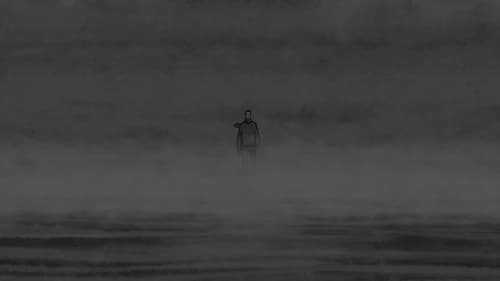
Croacia, 7 de enero de 1992: En plena guerra, se descubre el cuerpo de un joven periodista vestido con el uniforme de un grupo mercenario internacional. Veinte años después, su prima Anja Kofmel investiga su historia

Pascal y Carole son pastores. En noviembre de 2010 se embarcan en la larga trashumancia invernal: cuatro meses durante los cuales tendrán que recorrer 600 km de la región suizo-francesa, acompañados de tres burros, cuatro perros y ochocientas ovejas.
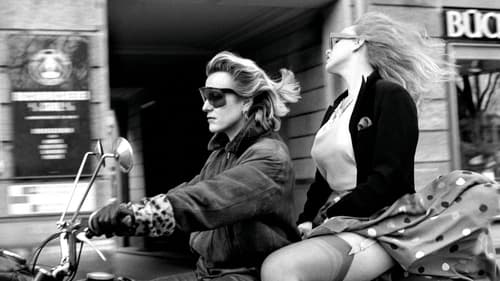
She was a muse, model and performer – a star, dazzling and intense. Lady Shiva managed to rise from street prostitution to the top. She lived in the fast lane and died tragically young. Her dream was to become a singer. With her companions, we trace her life during a vibrant time that kindles a yearning and provokes until today. The story of a woman’s meteoric fate and a great dream. An irrepressible desire for freedom in all its beauty and destructive force - and a stirring friendship and love.

A high-rise apartment built in the 1960s provides housing for 2500 people from 42 nations. Separated from the city by a river and bounded by towering sandstone cliffs, everyone attempts to live and survive in their own way. Foreigners who have a go at being Swiss, and Swiss who observe with scepticism. They meet in the corner shop run by an Iraqi living in exile, send their kids to a children’s club managed by a missionary, and old drinking mates meet regularly over a beer in the neighbourhood’s only bar. Despite all the differences, they are rather proud of the fact that they come from here.

Fernand Melgar ha seguido durante tres meses, día tras día, a un grupo de inmigrantes precarios antes de poder contar con su confianza, necesaria para la realización de su película. "L’abri" se sumerge en el corazón de un centro de asistencia a los sin techo de Lausana en el que cada noche, durante muchas horas, perforados por el frío punzante, estos hombres y mujeres buscan refugio. Los guardianes, impotentes, se ven en la obligación de plegarse cada noche al ritual cotidiano y terrible de elegir a los pocos que podrán acceder finalmente al búnker (como comúnmente lo llaman los propios inmigrantes) y recibir una comida caliente y una cama. (FILMAFFINITY)
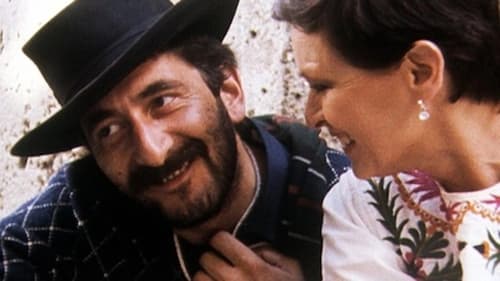
When director Daniel Schmid grew up, his parents ran a hotel in the Alps, and this singular setting was to influence his film. Rather by coincidence he came to Berlin in the early 1960s and became part of the new German wave. Schmid worked with, among others, Wenders and Fassbinder, for example as an actor in Wender’s The American Friend. He met Ingrid Caven, who was to play a diva in several of his films. This is a documentation of a part of modern European film history and a good analysis of artistry and how it corresponds to the individual behind the camera. A wealth of archival footage brings us close to many directors and actors in Schmid’s circle. If you’ve never seen a Daniel Schmid film, you are sure to want to after watching this portrait of his life.

What does a baby's cry have in common with the echo of a mountain yodler, and what connects the head tone of a Tuvin nomad with the stage show of a vocal artist? The answer is: THE VOICE. Against a background of powerful alpine vistas and modern city landscapes, "heimatklänge" enters the wondrous sonic world of three exceptional Swiss vocal artists. Their universe of sound extends far beyond what we would describe as singing. In their engagement with local and foreign traditions, the powerful mountain landscape becomes a stage as do the landscapes and sonic backdrops of modern life.

Delphine Seyrig, an extraordinary woman and actress, died on October 15, 1990. From "Last Year at Marienbad" by Alain Resnais to "India Song" by Marguerite Duras, she played in 34 films for cinema, 13 films for television and 33 plays. Jacqueline Veuve, filmmaker and friend of Delphine Seyrig, wanted to break the silence that has fallen on her memory by making a documentary that traces with emotion and subjectivity the life of the mythical actress, the fierce feminist but also the simple friend.
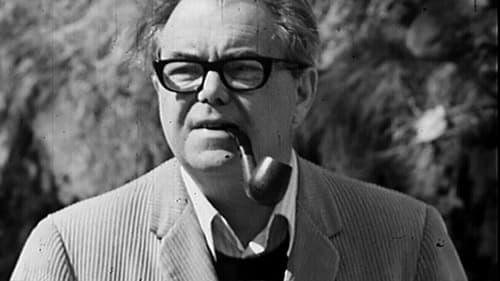
Max Frisch was the last big Swiss intellectual widely respected as a “voice” in its own right – a character hardly found today. The film retells Frisch’s story as a witness of the unfolding 20th century, wondering if such “voices” are needed at all, or if we could do without them.

Kick That Habit is a 1989 film by PETER LIECHTI, an audio-visual portrait of his native country, eastern Switzerland. The film collects samples from the land-and-soundscape, underscoring in the process the oft-ignored industrial underpinning of our latter-day culture. Also native to eastern Switzerland is VOICE CRACK, the everyday household electronics duo of NORBERT MOSLANG and ANDY GUHL, whose musical workings are explored as part of Liechti s vision. Whether clicking quietly and rhythmically or humming and shrieking at ear-splitting volume, their recycled electronics produce innovative sounds and provide an appropriate accompaniment in this cinematic search for the detritus of our culture, the lost and destroyed remains of the last century of progress.

Between 1947 and 1951, more than 80 000 Greek men, women and children were deported to the isle of Makronissos (Greece) in reeducation camps created to ‘fight the spread of Communism’. Among those exiles were a number of writers and poets, including Yannis Ritsos and Tassos Livaditis. Despite the deprivation and torture, they managed to write poems which describe the struggle for survival in this world of internment. These texts, some of them buried in the camps, were later found. «Like Lions of stone at the gateway of night» blends these poetic writings with the reeducation propaganda speeches constantly piped through the camps’ loudspeakers. Long tracking shots take us on a trance-like journey through the camp ruins, interrupted along the way by segments from photographic archives. A cinematic essay, which revives the memory of forgotten ruins and a battle lost.




















